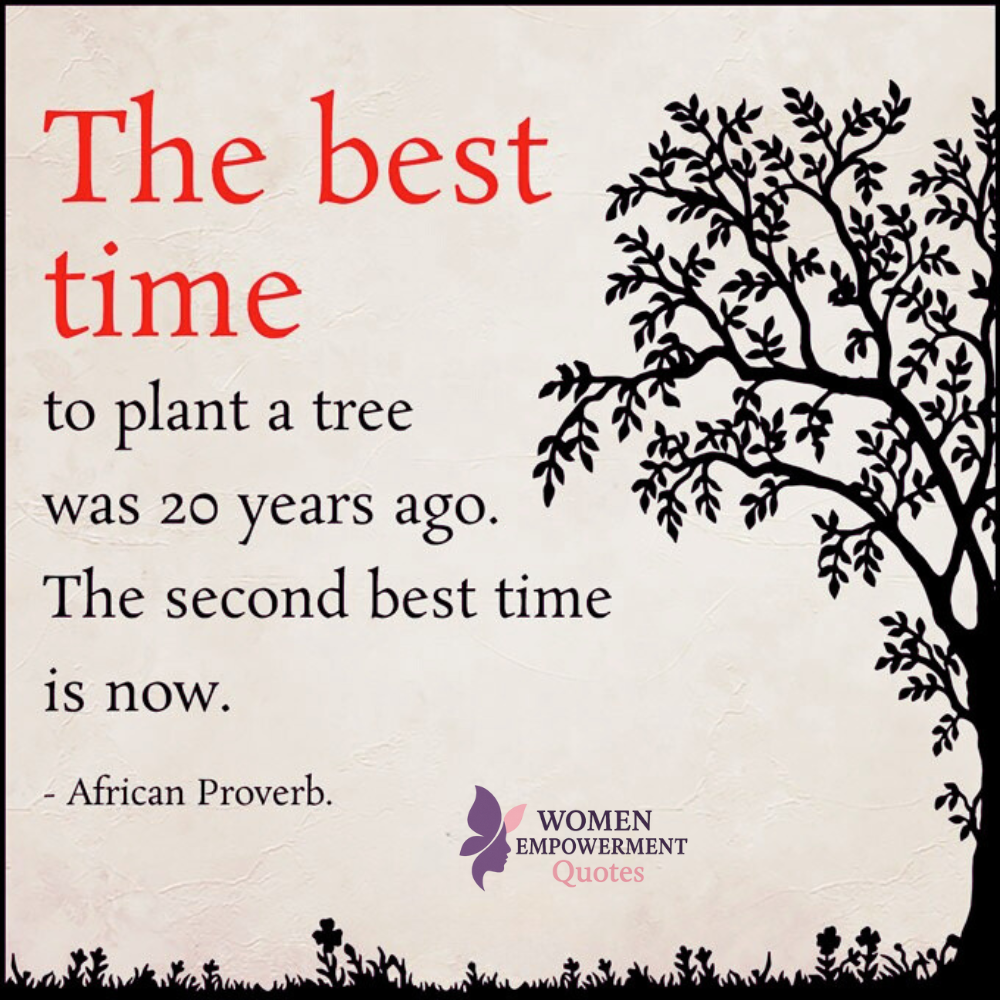
Life and Longevity
- Ancient Giants: Trees are the largest and oldest living organisms on Earth. The oldest known tree is a bristlecone pine named “Methuselah” in California’s White Mountains, estimated to be over 4,800 years old.
- Self-Healers: Trees possess remarkable abilities to heal themselves, capable of regrowing lost limbs and repairing damaged bark over time.
Environmental Champions
- Climate Regulators: A single tree can absorb up to 48 pounds of carbon dioxide annually, making them crucial allies in fighting climate change.
- Air Purifiers: Trees actively cleanse our air by filtering out pollutants and particulate matter from the atmosphere.
- Urban Coolers: Trees provide shade and cooling that can reduce urban temperatures by up to 10°F, combating the “heat island” effect in cities.
- Noise Barriers: Trees significantly reduce noise pollution by absorbing sound waves, creating quieter environments along roads and near buildings.
Ecological Networks
- The “Wood Wide Web”: Trees communicate with each other through underground fungal networks, sharing nutrients, water, and even “information” about threats like pests or diseases.
- Biodiversity Hubs: A single tree can host over 100 different bird species, not to mention countless insects and other wildlife.
- Soil Enhancers: Tree roots break up and aerate soil while fallen leaves and branches provide valuable organic matter, improving overall soil health.
Water and Earth
- Water Managers: Trees play a vital role in the water cycle, with some species absorbing up to 100 gallons of water daily.
- Erosion Fighters: Tree roots help stabilize soil and prevent erosion, protecting landscapes from degradation.
- Watershed Protectors: Trees regulate water flow into rivers and streams, helping maintain healthy aquatic ecosystems.
Human Necessities
- Food Providers: Trees produce edible fruits, nuts, and berries that make up over 70% of the world’s food supply.
- Medicine Sources: Many trees have medicinal properties, like the willow tree whose bark contains salicylic acid—the original molecule from which aspirin was derived.
- Building Materials: Trees provide essential lumber, furniture, and paper products that humans have relied on for millennia.
- Renewable Energy: Many tree species serve as important sources of biofuels, including ethanol and other renewable energy alternatives.
Remarkable Adaptations
- Desert Survivors: Species like the Joshua Tree have evolved specialized adaptations for harsh environments, including extensive root systems and succulent leaves for water storage.
- Natural Pest Control: Many trees produce chemicals that naturally repel insects and other pests.
- Extreme Height: The Coast Redwood (Sequoia sempervirens) can reach heights of up to 379 feet—taller than a 30-story building.
- Massive Volume: The General Sherman Tree, a Giant Sequoia in California, is the world’s largest living tree by volume, containing over 52,000 cubic feet of wood.
Cultural and Social Significance
- Sacred Symbols: Trees hold special places in many cultures and religions, often symbolizing life, wisdom, and rebirth.
- Urban Benefits: Studies show that trees in urban areas can help reduce crime rates, improve air quality, and increase property values.
- Living History: A tree’s annual rings provide valuable information about its age, growth rate, and even historical climate conditions.
Global Perspective
- Species Diversity: Earth is home to more than 60,000 known tree species, from the rare Abarema abbottii in the Dominican Republic to Zygophyllum kaschgaricum in China and Kyrgyzstan.
- Carbon Storage: Trees are vital components of the carbon cycle, storing large amounts of carbon in their trunks, branches, and roots.
- Declining Numbers: Earth now has 46% fewer trees than it did 12,000 years ago when agriculture began, highlighting the importance of conservation and reforestation efforts.
Trees are truly remarkable organisms that sustain our planet in countless ways—they deserve our appreciation, protection, and respect.